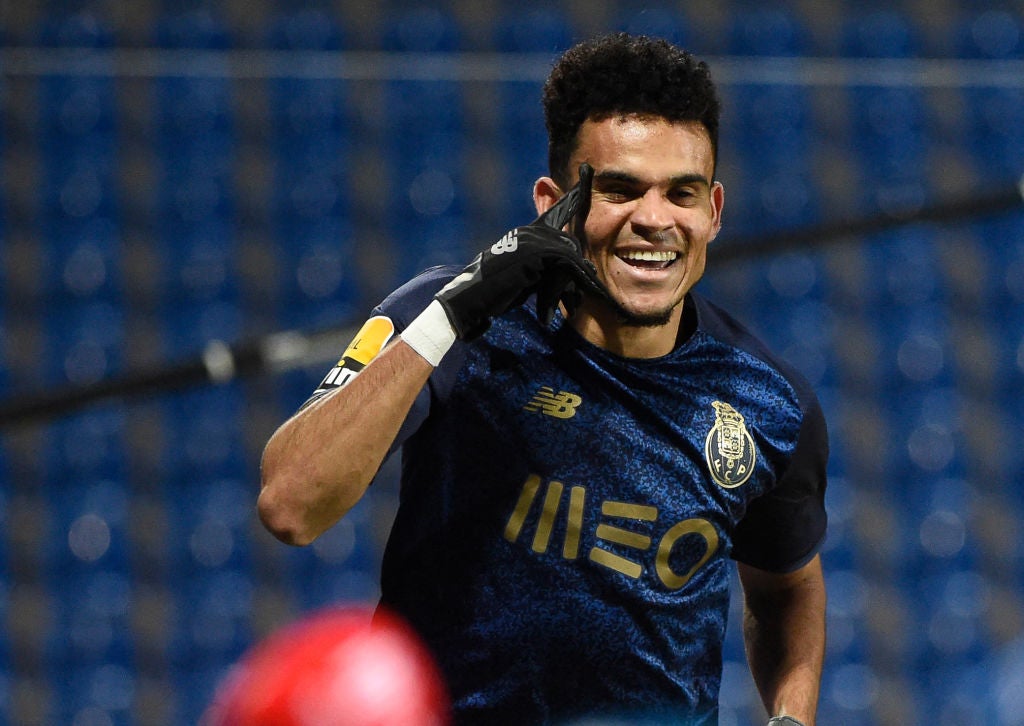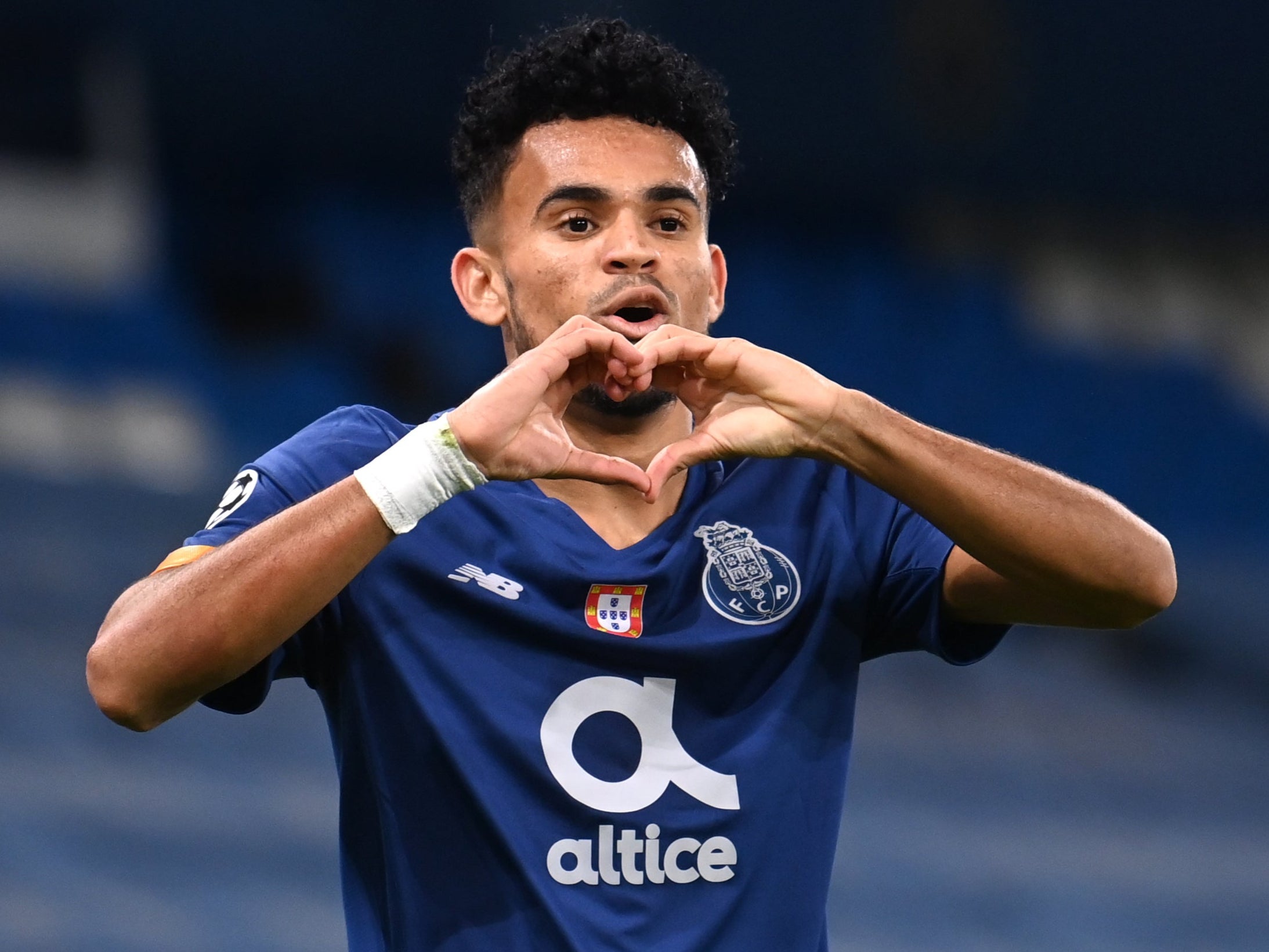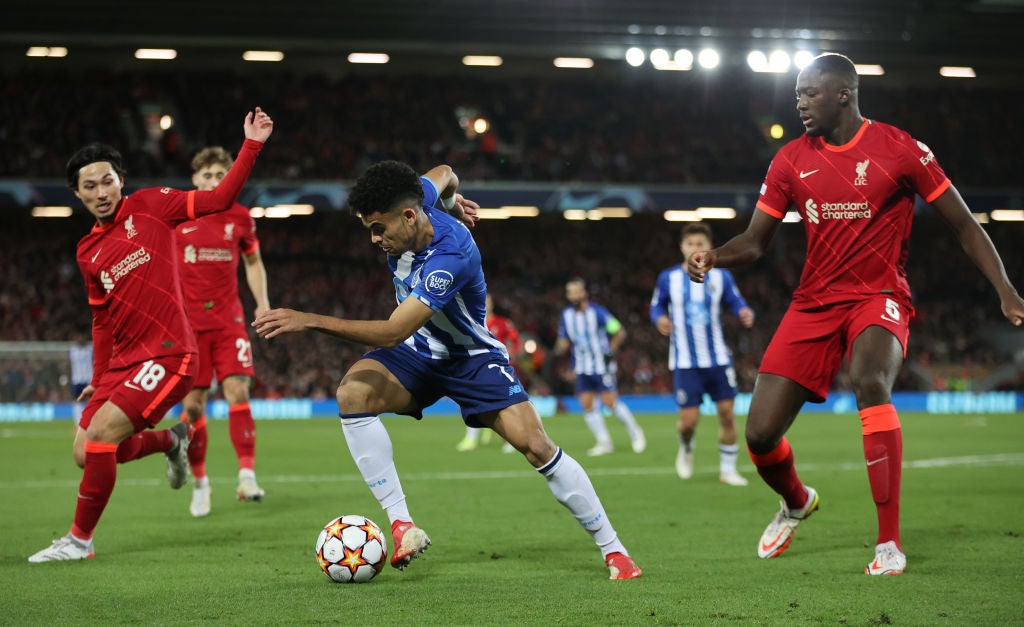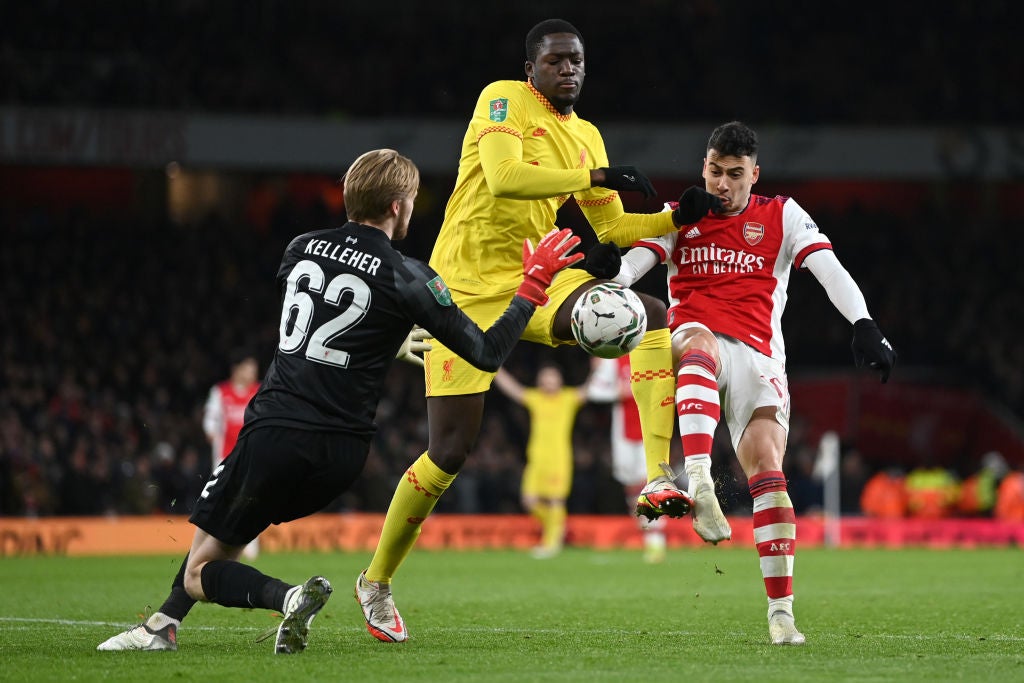
Daniel Levy should have smelt the heist in the distance; the result of core ingredients infusing for over a decade. The Tottenham chairman, “backdoored” by Liverpool’s surgical late grab of Luis Diaz, should not have needed a heads up from Porto that the Merseysiders were marshalling in.
From the moment Fenway Sports Group, famed for a smart data-driven approach, took ownership of the Anfield side, Spurs have suffered major recruitment defeats to their counterparts with the only real exception being Dele Alli.
The story doesn’t centre around the ceding of top targets as much as it does losing key strategic minds. Back in November 2010, Damien Comolli became Liverpool’s director of football and while his spell was short-lived, he made one of the most important hires in the club’s modern history: head-hunting Michael Edwards from Tottenham.
Plucked to head up football interpretation and video analysis, he was also charged with placing Liverpool at the cutting edge of analytics. FSG had been unsuccessfully trying to lure the services of Decision Technology from Spurs since 2010 to expedite this process, but Edwards cooked up a craftier outcome.
At principal owner John Henry’s Boca Raton lakefront estate in March 2012, he met with Mike Gordon, who had officially assumed control of Liverpool’s day-to-day operations, and suggested they simply extract the stats company’s chief brain instead.

A month later, Dr Ian Graham became the club’s director of research and has since constructed a team regarded the “market leaders in using data to inform transfers”.
This kind of stealth has become synonymous with Liverpool, and is evidently set to continue under the sporting directorship of Julian Ward when Edwards exits.
The Diaz deal, as well as that of Diogo Jota, were his brush strokes. A fluent Portuguese speaker, Ward previously lived in Lisbon where he headed up analysis and technical scouting for Portugal’s Football Federation.
He also spent three years canvassing the region for Liverpool, building up an enviable list of contacts. Ward’s strong relationship with GestiFute aided the smoothness of Jota's transfer, and his intimate knowledge of Porto – their power brokers, financial circumstances, scouts, selling policy, meant Jurgen Klopp and co were kept in the loop over Tottenham’s developments with Diaz and could usurp them.
Shrewdly helping the Portuguese side, an esteemed talent development hub, avoid Uefa debt sanctions with an advanced payment of £6.7m for the Colombian is set to be beneficial in the long run.
Diaz provides a neat snapshot of Liverpool’s transfer blueprint – world-class Thiago is the only buy under Klopp not to truly fit the mould – as well as their “quiet rebuild”.
He arrives with his output similar to that of Mohamed Salah, Sadio Mane and Jota in their two seasons prior to being signed by the club. As with that trio, there is conviction his numbers are scalable, that he is far from his ceiling, is at the prime age to further develop, and his cost represents incredible value.

The initial fee of £37.5m is in the region paid for the other premier attackers (Salah £36.9m, Mane £30m, Jota £41m) as well as defender Ibrahima Konate (£36m). The starting salaries align around the ballpark of £90,000 per week.
The swiftness of the Diaz agreement, underpinned by lengthy groundwork and building a solid relationship with the player’s camp, has become the norm.
Protracted and very public moves in the market are actively avoided. Some have attributed this stance to the tapping-up saga involving Virgil van Dijk, but that is erroneous: Southampton had a frayed relationship with Liverpool given the extent of the drainage of their talent and were acting on that rather than press reports signalling a transfer was close.
A revisiting of that period will show similar media coverage from a confident Manchester City and Chelsea over securing the centre-back and there is not a club in elite football that does not engage with a target before it does his employers.
Liverpool work quietly by preference, and in fitting with the nature of their recruitment staff. Edwards departs having never given an interview on record and spent much of his career going unnoticed in hotel lobbies, outside training grounds, and in restaurants as he carried out due diligence.
Klopp has previously said that Gordon is the most important man at Liverpool, yet the unassuming FSG president can manoeuvre around the US and on Merseyside without being spotted.
The recruitment and research teams prefer to let their “proof” – the profiling, hard yards in relationship-building and negotiating – do the talking rather than fuel endless transfer speculation.
The silent approach also guards against other clubs trying to profit from the club’s homework and muscling in on a transfer, a consequence the analytics community has flagged as a by-product of their excellence.
It is largely the selling club and a player’s camp that unmute details of an impending Liverpool transfer as it is in their benefit to do so.

The hushed nature of their methodology can mean problems are sometimes emphasised over the solutions they’ve found. The matter of a rebuild sits sharply in focus here, with the ages and contract situations of the front three spotlighted over the refreshing of the attack and squad in general.
Getting Salah’s contract extension over the line remains paramount and Liverpool would be awfully silly to watch the world’s current best player walk away, but as that issue bubbles in the foreground, much has been done to improve the club’s long-term backdrop.
Jota and Diaz fortify the offensive plan supplemented by the exciting Kaide Gordon, and a pre-agreement for Fulham teenager Fabio Carvalho to join in the summer is expected.
The promise offered by Harvey Elliott and Curtis Jones is undeniable, while Kostas Tsimikas and Ibrahima Konate have solidified defensive options.
The next phase is to substantially strengthen the midfield, which will be the primary focus in the summer. As has become habit with Liverpool, expect little noise and maximum impact.







